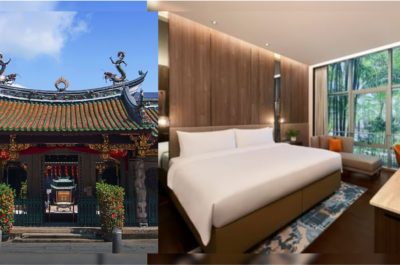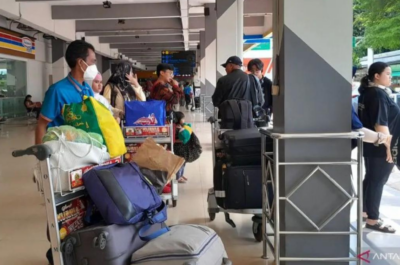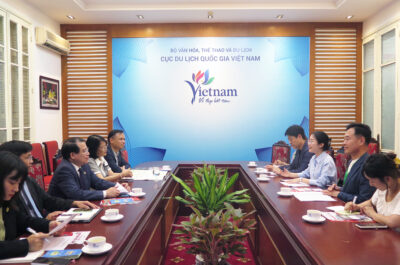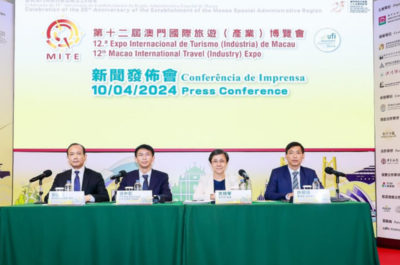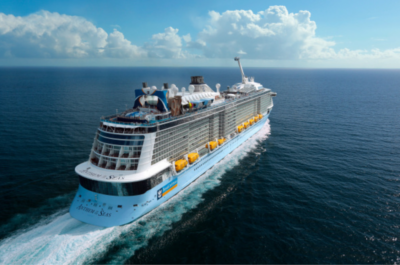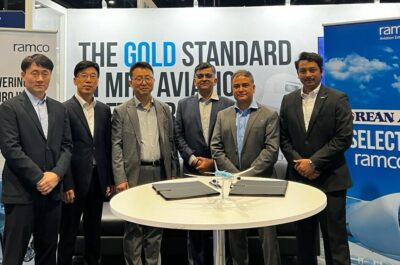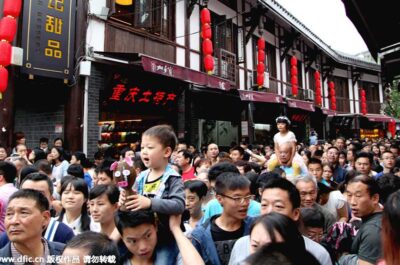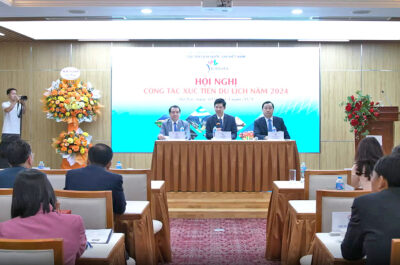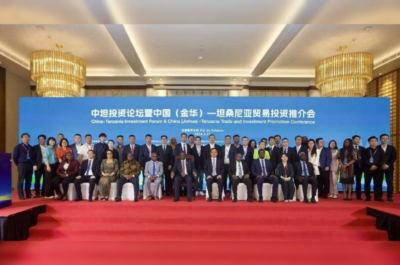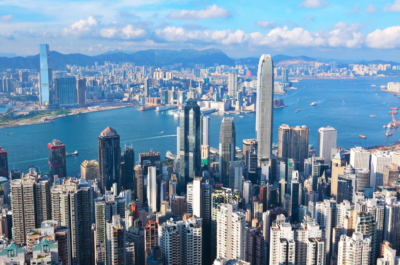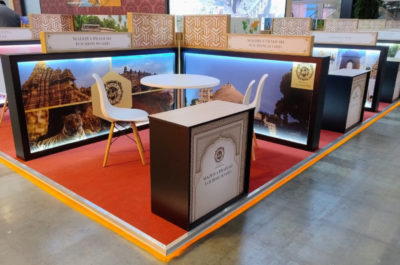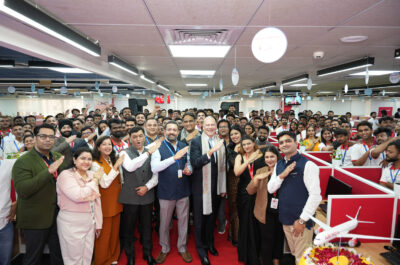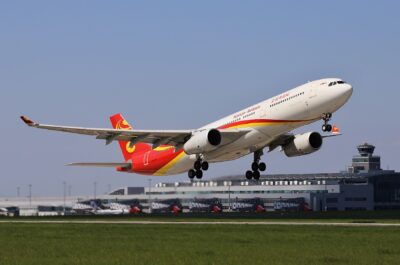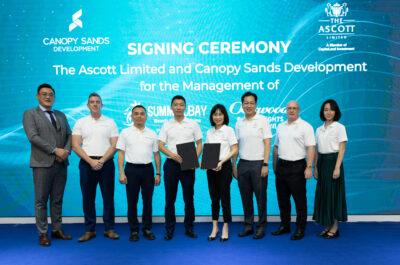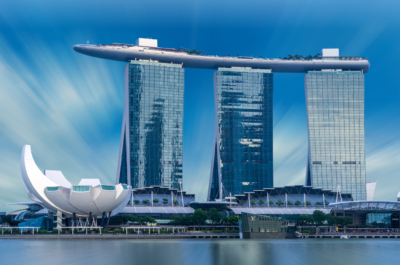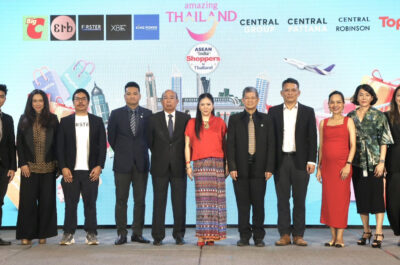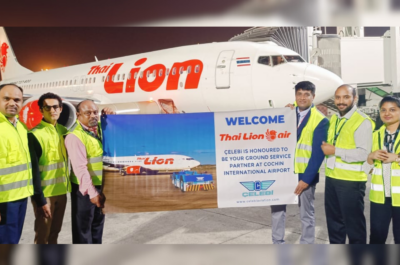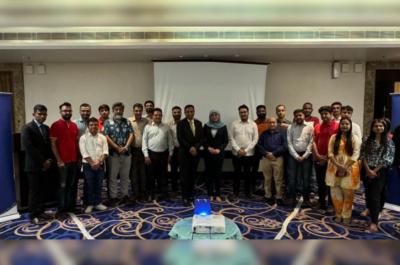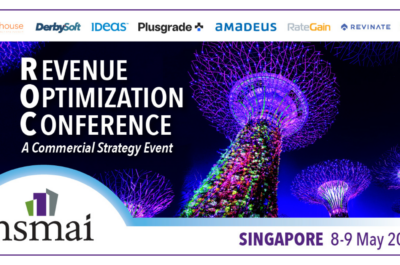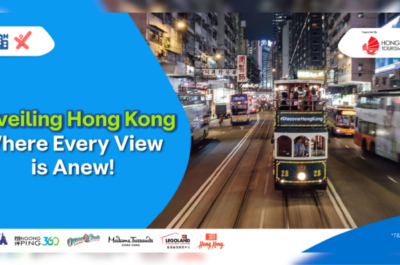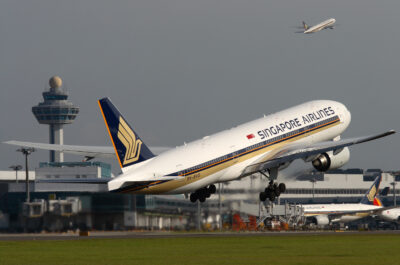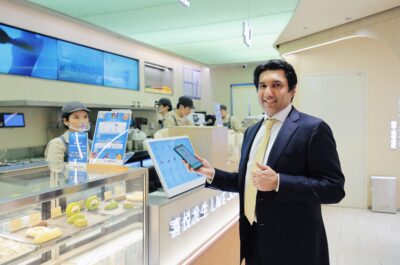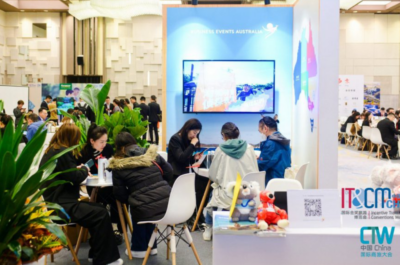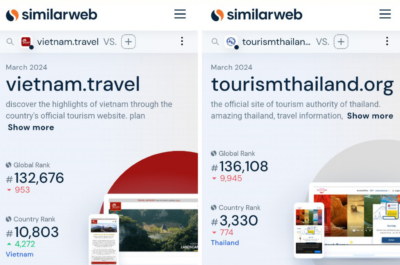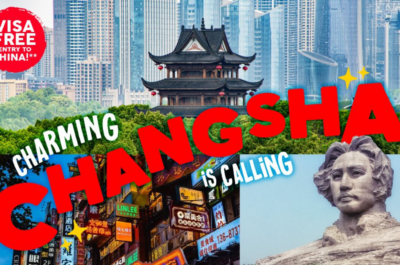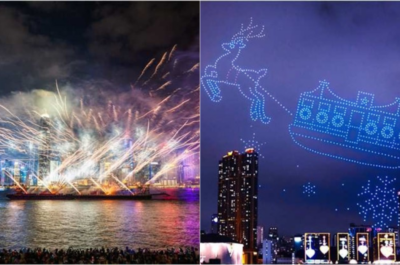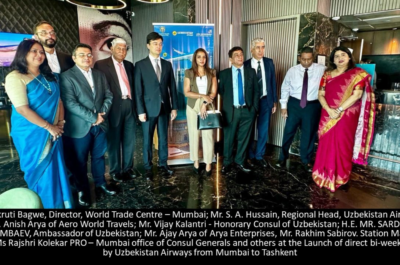To be successful an exhibition must attract both organisers and exhibitors, but these two parties may not look for the same features in a potential destination.
When choosing whether to attend an exhibition, exhibitors will go almost anywhere there is potential for successful business but visitors prefer destinations with good accessibility and an attractive leisure environment, according to Dr Karin Weber of the School of Hotel and Tourism Management (SHTM) at The Hong Kong Polytechnic University and her co-researcher Dr Xin Jin. Their recently published research study explores the attractiveness of exhibition destinations from visitor and organiser perspectives, providing practical guidelines that destinations and organisers can use to evaluate and develop destination resources.
The researchers argue that an exhibition can benefit a host city or region by providing an important economic boost and enhancing its “image and reputation as a leading business events destination”. Given these substantial benefits, it is unsurprising that potential exhibition destinations often receive government support and other investments to develop purpose-built exhibition infrastructure and facilities. However, to be successful an exhibition must attract both organisers and exhibitors, but these two parties may not look for the same features in a potential destination. As exhibition organisers are responsible for selecting a destination that will attract as many visitors and exhibitors as possible, the researchers note that it is important they understand “what constitutes an attractive exhibition destination for both parties”.
In 2015, for instance, China hosted 9,200 exhibitions. Large and international exhibitions are usually held in the first-tier cities of Shanghai, Beijing and Guangzhou, with a much smaller proportion scattered throughout second-tier cities. However, intense competition has developed as destinations realise the potential benefits of becoming successful exhibition venues. To explore what drives such success, the researchers conducted two studies, one to investigate visitors’ perceptions of exhibition destination attractiveness, and the second to explore the factors that are most important to exhibition organisers when selecting suitable sites.
In their first study, the researchers conducted a survey of visitors attending nine large-scale exhibitions at six exhibition centres in Shanghai, the leading exhibition city in China, and Hangzhou, Nanjing and Wuhan, the capitals of their respective provinces in the Yangtze River Delta. Two of the exhibitions were the “largest of their kind in China” with around 1,000 exhibitors and a good proportion of international visitors, whereas the others were national-level exhibitions. The exhibitions were mainly for industrial goods, although three were for consumer goods but targeted industry distributors and buyers rather than consumers.
The respondents completed a questionnaire on the attractiveness of the destination and their intention to revisit. Every fifth visitor leaving the exhibition halls was asked to complete the survey, resulting in 535 completed questionnaires. The respondents were predominantly from China, although 100 visitors had travelled from various countries worldwide. Most visitors were from small- to medium-sized enterprises, although the exhibitions in Shanghai attracted more visitors from large enterprises.
The survey revealed that for visitors, accessibility is the most important factor in deciding the attractiveness of an exhibition destination. Accessibility includes the city’s location and the ease of traveling to it, transport to the venue within the city and the ease of finding information about the city. Following in order of importance were the venue facilities, the destination’s leisure environment – for instance, whether it is safe, friendly, clean and has tourist attractions – its economic environment and the “cluster effect”, or whether the host city is a centre for manufacturers, distributors and suppliers of the exhibition products. This last factor is generally considered important in deciding the attractiveness of an exhibition destination from the exhibitor’s perspective but visitors considered it the least important factor in their decision making.
Shanghai received the highest ratings for its economic environment, but the visitors were less impressed with the city’s leisure environment. In particular, non-Chinese visitors rated all of the city’s features lower than Chinese visitors, possibly because they might be “more demanding in terms of destination conditions and accessibility”. The researchers comment that the city’s low ratings may not be surprising given its vast expansion, hectic image and poor transportation facilities which create “logistic inconveniences” for exhibition attendees.
Chinese visitors rated the exhibition venue facilities and accessibility of second-tier cities as “at least on par with Shanghai”, but non-Chinese visitors did not rate the destination features of these cities highly. The researchers recommend that to increase their competitiveness, second-tier cities should focus on marketing and promoting themselves to potential international visitors, while endeavouring to improve the “service quality and professionalism of operations”.
In the second study, the researchers interviewed eight owners or managers of exhibition companies, two of which organised the two large international exhibitions included in the visitor survey. The interviews explored the factors that influenced the organisers’ exhibition venue decisions, including venue, destination and other factors. The researchers note that the organisers generally “take a rational and holistic approach” to evaluating the advantages and disadvantages of a potential exhibition city, balancing market demand against all of these factors to varying degrees.
For instance, the organisers were more concerned about meeting visitors’ rather than exhibitors’ needs, because they thought that the latter would “go anywhere” if there is an opportunity for business. As visitors are much harder to attract, the researchers suggest that finding an accessible host city with a “good variety of convenient, high-quality accommodation” is essential. Similar to tourism destinations, the availability of leisure facilities is also important in attracting exhibition visitors. One interviewer noted, for instance, that Hong Kong “ticks all the boxes” as one of the few places in the world with a good supply of accommodation, good communication, entertainment, shopping and no sales tax.
The organisers were not particularly concerned about venue factors when deciding on a location, but the researchers suggest that this may be because modern convention and exhibition centres are widely available across China, even in second-tier cities. Accessibility, or at least the perception of accessibility, was considered much more important. One interviewee pointed out that international visitors would not choose to go to Hangzhou because, although it is only a couple of hours from Shanghai, visitors who are unfamiliar with China would perceive the logistics of getting there as a “hassle”. Overall, the organisers gave the impression that China’s second-tier cities are not good enough for large-scale, international exhibitions because of their inaccessibility and lack of drawing power.
In contrast to the visitors, the organisers considered the cluster effect to be important in their decision making. Ideally, the host city should be a manufacturing base of the industry, because manufacturers are more likely to support an exhibition that is logistically easier for them to attend. One interviewer commented that Hong Kong has become a successful destination for consumer goods exhibitions because it is an “international hub” for consumer goods trade, but is unsuitable for machinery and manufacturing equipment because it is not a manufacturing location. However, although being an industry leader is desirable, it is not essential. The researchers note that exhibition organisers may be better off considering a leading city, particularly for consumer goods and services exhibitions that do not need to be close to manufacturing bases.
With the trend of exhibitions moving away from traditional markets in the West, Asia is an attractive destination for organisers. As the world’s largest emerging market, China is leading the development of Asia’s exhibition industry and still has plenty of potential for expansion, particularly in second-tier cities. Although these cities may have to make extensive efforts to convince largescale organisers to select them as exhibition locations, particularly for international exhibitions, the study provides useful guidance on where to direct those efforts.
Angelos is the news editor for TravelDailyNews Media Network (traveldailynews.gr, traveldailynews.com and traveldailynews.asia). His role includes to monitor the hundrends of news sources of TravelDailyNews Media Network and skim the most important according to our strategy. He currently studies Communication, Media & Culture in Panteion University of Political & Social Studies of Athens.

